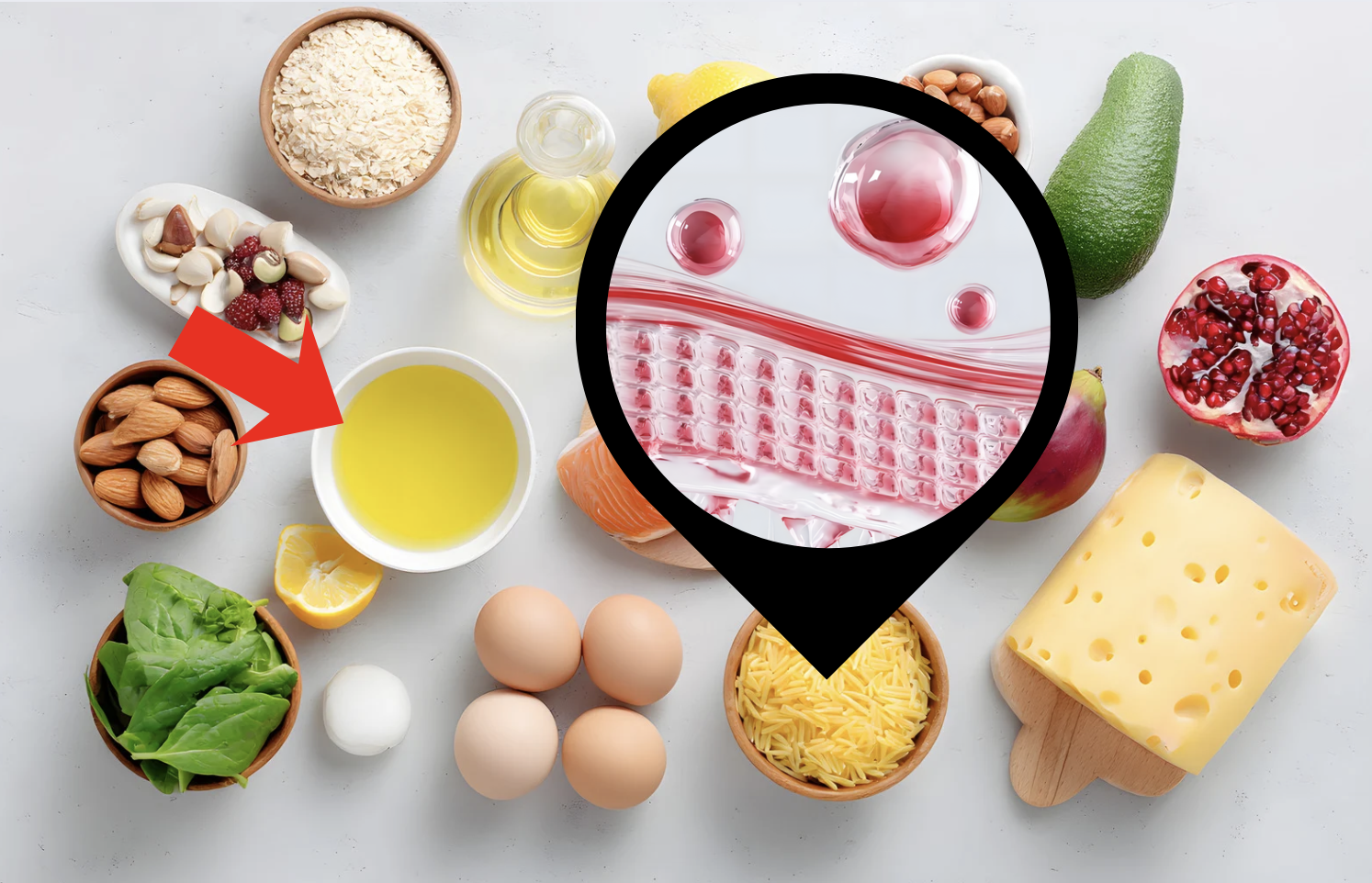The liver is often an unsung hero of our bodies, quietly performing essential functions. Unfortunately, misconceptions about liver detoxification are common, leading to myths that can impact health decisions. This article aims to clear up those misunderstandings by exploring the signs that indicate when your liver detox is effective, as well as providing insight into maintaining optimal liver health.

Signs Your Liver Needs Detox
The liver has multiple functions and can show signs of strain in various ways. Here are some common indications that your liver may need detoxification:
1. Intensive Sweating
When the liver is overwhelmed by toxins, the body may compensate by increasing sweat production. Sweating, particularly if accompanied by an unpleasant odor, can be a sign that the liver is working extra hard to expel toxins.
2. Food-Triggered Nausea
Feeling nauseous after eating can be a signal that your liver is under pressure and not processing nutrients effectively. The liver produces bile, essential for breaking down fats, and when overworked, digestion can be impaired, causing discomfort[1]. Paying attention to these signs and taking steps to support your liver is crucial.
3. Rapid Weight Gain
Unexplained weight gain could be a sign of an imbalanced liver, which plays a key role in regulating metabolism. When the liver struggles, it affects fat metabolism, leading to sudden changes in weight. Addressing liver health through balanced lifestyle choices can help support weight management[2].
At-Home Liver Detox Methods: Safety and Effectiveness
Many people are interested in detoxifying their liver at home. However, it is essential to understand the methods, their safety, and separate fact from myth.
Safety and Risks
Not all liver detox methods are safe for everyone. Always consult a healthcare professional before starting any detox, especially if you have underlying health conditions. Detoxification isn’t a one-size-fits-all approach.
Effectiveness Tips
- Hydration: Staying hydrated is crucial, as water aids the liver in flushing out toxins.
- Dietary Changes: A liver-friendly diet includes reducing harmful foods like processed items and alcohol while increasing fruits, vegetables, and whole grains.
- Exercise: Regular physical activity improves circulation and supports liver health.
- Limiting Toxins: Reduce exposure to environmental toxins, such as those found in cleaning products and tobacco, to support liver health.
Common Myths About Liver Detox
- Lemon Water: While beneficial as a hydrating drink, lemon water is not a miracle cure for liver detoxification.
- Fasting: Extreme fasting deprives the liver of essential nutrients, doing more harm than good.
Signs That Your Liver Detox is Working
Here are the key signs that indicate your liver detox is producing positive outcomes:
1. Healthy Digestion
Improved digestion with less bloating and regular bowel movements is a strong sign that your liver detox is working effectively. The liver’s production of bile is key to healthy digestion[3].
2. Increased Energy
If you feel more energetic, it could mean your liver is functioning better, helping regulate energy release more effectively[4].
3. Clearer Skin
The liver plays a role in hormone and toxin processing, and clearer skin can indicate efficient liver function[5].
4. Balanced Hormone Levels
Improved liver function helps regulate hormones, reducing issues like mood swings and hormonal imbalances[6].
5. Better Mental Clarity
Reduced brain fog and better mental focus are signs of improved liver function, as a detoxifying liver can better support overall cognitive health[7].
6. Reduced Inflammation
The liver regulates the body’s inflammatory response, and reduced inflammation indicates a successful detox process[8].
7. Consistent Weight
Maintaining stable weight is another reliable sign of a well-functioning liver, which helps in energy processing and weight management[9].
The Liver Detox Process Explained
Liver detoxification is a multi-phase process that breaks down and removes toxins from the body:
- Phase 1: Activation – Enzymes transform toxins into less harmful substances. This step involves biotransformation using enzymes like cytochrome P450[10].
- Phase 2: Conjugation – Toxins are made water-soluble so they can be excreted. Processes like glucuronidation help achieve this.
- Phase 3: Elimination – Toxins are then expelled from the body via urine, bile, or sweat.
Final thoughts
The liver is crucial to our body’s detoxification and overall health, and understanding the signs of liver detox is key to supporting this vital organ. Whether you experience improved energy, clearer skin, or reduced inflammation, these signs indicate that your liver detox is working. For effective liver care, always seek professional guidance, and adopt healthy habits to enhance your liver’s health journey.
References
- Wang, P., et al. (2018). A correlation between gastrointestinal dysfunction and cirrhosis severity. Medicine, 97(37), e12070. https://www.ncbi.nlm.nih.gov/pmc/articles/PMC6156071/
- Kamimura, H., et al. (2021). Rapid onset of weight gain and liver dysfunction successfully treated with nutrition and exercise. Cureus. https://www.ncbi.nlm.nih.gov/pmc/articles/PMC8378298/
- Hundt, M. (2022). Physiology, bile secretion. StatPearls – NCBI Bookshelf. https://www.ncbi.nlm.nih.gov/books/NBK470209/
- Rui, L. (2014). Energy metabolism in the liver. Comprehensive Physiology, 177–197. https://www.ncbi.nlm.nih.gov/pmc/articles/PMC4050641/
- Rhyu, J., & Yu, R. (2021). Newly discovered endocrine functions of the liver. World Journal of Hepatology, 13(11), 1611–1628. https://www.ncbi.nlm.nih.gov/pmc/articles/PMC8637678/
- McMillin, J. M. (1990). Blood glucose. Clinical Methods – NCBI Bookshelf. https://www.ncbi.nlm.nih.gov/books/NBK248/
- Jiang, R., et al. (2023). Elevated C-reactive protein mediates the liver-brain axis: a preliminary study. EBioMedicine, 93, 104679. https://www.sciencedirect.com/science/article/pii/S235239642300244X
- Professional, C. C. M. (n.d.). Liver Disease. Cleveland Clinic. https://my.clevelandclinic.org/health/diseases/17179-liver-disease
- Institute for Quality and Efficiency in Health Care (IQWiG). (2016, August 22). How does the liver work? InformedHealth.org – NCBI Bookshelf. https://www.ncbi.nlm.nih.gov/books/NBK279393/
- Patel, R. H., et al. (2022). Microbial bioremediation and biodegradation of radioactive waste contaminated sites. In Elsevier eBooks (pp. 733–746). https://www.sciencedirect.com/topics/earth-and-planetary-sciences/biotransformation





